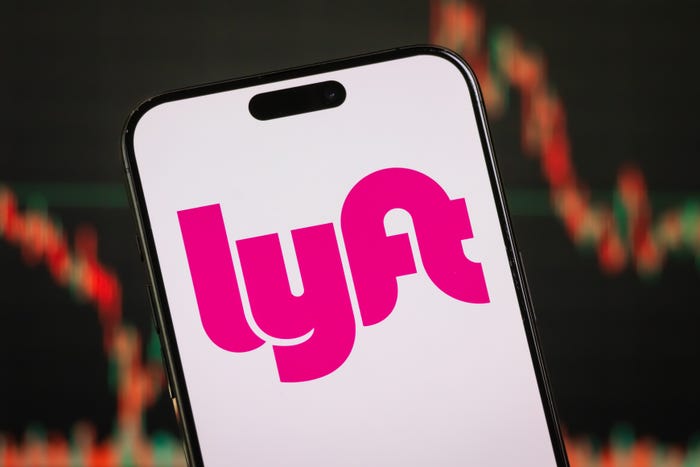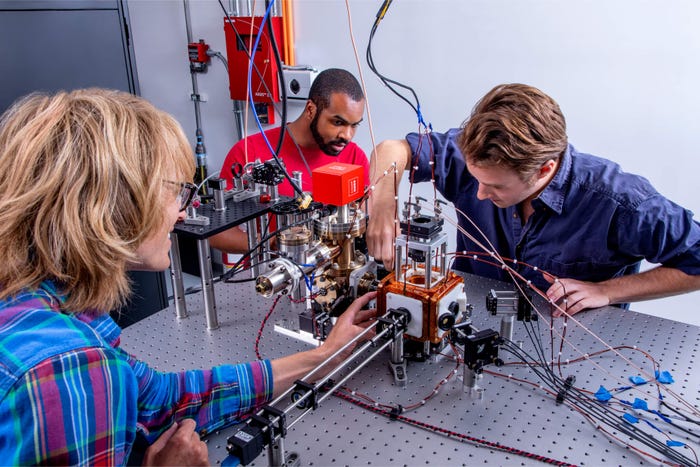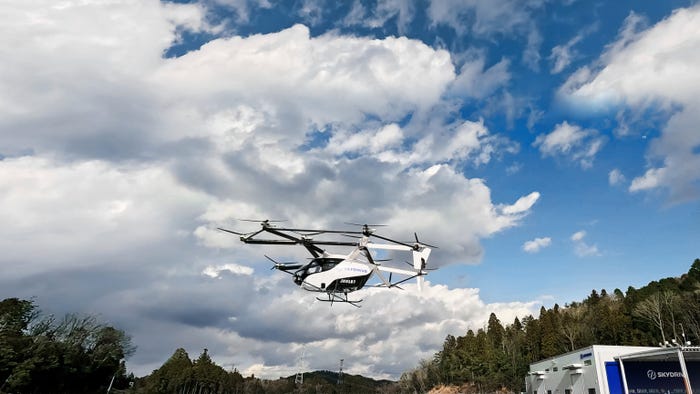Cruise Ride Hail Study Highlights Safety of Self-Driving TaxisCruise Ride Hail Study Highlights Safety of Self-Driving Taxis
Data from 5.6 million miles of ride hail-driving information was used to establish a safety benchmark for human-driven taxis versus AVs

Autonomous driving company Cruise has published new research that shows that its self-driven taxis are involved in fewer crashes than ride-hailing vehicles driven by humans.
The General Motors subsidiary teamed up with the University of Michigan Transportation Research Institute (UMTRI), one of the leading transportation research institutes in the United States, to conduct the groundbreaking study.
Together with GM and the Virginia Tech Transportation Institute (VTTI), UMTRI assessed data from 5.6 million miles of ride hail-driving information to establish a safety benchmark for human-driven taxis, to compare the safety performance of humans against AVs.
The study was compiled over two years in San Francisco – where Cruise is operating a commercial driverless taxi service around the clock – and excluded what were considered “high-speed” roads (those that posted speeds greater than 35 mph).
Once the data was analyzed, a human crash rate was calculated and compared to statistics originally released when Cruise completed a million driverless miles earlier this year.
According to Cruise, the results show that its vehicles were involved in 65% fewer collisions overall.
In addition, Cruise also estimated that its vehicles were in 94% fewer collisions as the primary contributor and 74% fewer collisions with meaningful risk of injury.
It did point out, though, that while the human benchmark addressed the overall crash rate, it did not address meaningful risk of injury or primary contribution. Cruise was able to provide the latter figures thanks to additional analysis that allowed it to develop metrics for both subsets.
In a series of posts on X, CEO Kyle Vogt claimed the research was extremely significant, saying: “It is the most precise study of human driving performance ever conducted, and it shows @Cruise AVs outperform humans in a comparable driving environment.
“This research helps us understand the status quo of human driving safety in the ride-hail space, and enables us to better understand the positive safety impact Cruise has on the road.”
Publication of the research is the latest element of Cruise’s ongoing public relations campaign to convince doubters of the merits of its self-driving taxis.
Despite the extension of operations in San Francisco, and expansion to other cities – including Nashville, Tennessee, Miami, Florida and Charlotte, North Carolina – Cruise has not gained universal approval, particularly in California.
After it was granted permission to operate 24/7 in San Francisco, city attorney David Chiu officially requested the expansion be paused following complaints from local residents and groups about self-driving taxis causing congestion and blocking first responders.
It was subsequently ordered to cut its fleet by the California Department of Motor Vehicles, following two crashes in the city.
Amid this landscape, it has continued to highlight the safety element of AVs, alongside chief rival Waymo, who recently used insurance data to promote the safety of its self-driving taxis.
The Cruise white paper that establishes the human benchmark is available to download online.
Like what you've read? For more stories like this on self-driving cars and emerging technologies, sign up for our free daily email newsletter to stay updated!
About the Author
You May Also Like








